Re-Imagining Rugs: Faig Ahmed’s Intricate Carpets
In the hands of contemporary artist Faig Ahmed, traditional Azerbaijani rugs are given a fantastically surreal twist, with elements that seem to warp, melt, and dissolve into puddles on the gallery floor. An intricate fusion of high quality, traditional weaving techniques and digital design, his visually arresting artworks speak of a need to keep ancient traditional alive through ingenious creative means. He says, “By using the modern pixel on the old carpet, we hear the voices of past times.”
Ahmed was born in Sumqayit in 1982 to a family of scientists – his mother is a doctor and his father is an engineer. In spite of this, his preference for art began at a young age, as he remembers, “I was drawing, playing with playdough. All our walls were [filled] with drawings And [my parents] never stopped me, never told me: ‘don’t draw on this wall!” Rugs were a vital element of his home, and his parents even let him cut one of them up in a moment of freestyle experimentation. “As any other Azeri family,” he says, “we had carpets everywhere – on the floor, on the walls, in each room… I was always playing with the patterns of the carpet imagining there were roads, trees, dragons, etc. One day when my parents left for the countryside I decided to change the places of the patterns and cut the carpet into pieces.”
He trained in sculpture at the Azerbaijan State Academy of Fine Art, graduating in 2004. Despite achieving international success in the years that followed, Ahmed continues to live in his home town of Baku in Azerbaijan, revealing the deep connection he feels with his native part of the world. Because of this he has been recognised as a spokesperson and ambassador for Azerbaijan’s long history within culture and the arts. Referencing the cities of Tabriz, Ardebil, Khoy, and Urmiya, he says, “For 500 years these cities were the biggest centres in the Persian Empire.”
Ahmed’s varied practice encompasses drawing, video and installation, but he sees these processes more as a means of experimentation, while his woven rugs and related sculptures are produced for public presentation. He designs his carpets digitally, before readying them for transfer into traditional, hand-made processes by transferring them onto special engineering paper. He says, “Even with computer technology and modern abstract images, my carpets are produced the same way as a few thousand years ago. They are woven using similar wool threads and dyed in natural colours using the same methods.” The whole process is a back-and-forth dialogue between Ahmed and the makers, although he says, “I’m the spark that ignites [their production].”
Ahmed hires groups of women to create his rugs, women who have been working with the same painstaking weaving techniques for centuries, and passing their skills from mother to daughter. While their rug patterns and styles have undoubtedly evolved over the years, there is still a distinctly traditional voice that remains within their practices and this shines through in elements of Ahmed’s rug designs, while being merged with his experimental techniques including playful tufting, and the illusion of melting or digitalized pixels. This hand-made process means Ahmed’s rugs are embedded with history and the human touch. He says, “That’s why I like carpets, because every knot, every dot in the pattern has human concentration, human energy.”
While various conceptual ideas are quietly integrated into Ahmed’s art, from gender politics to genetic research, Azeri identity, and the philosophies of Sufism, Ahmed has recently spoken of his desire to be free from the “burden of knowledge.” Instead, he insists intuition plays a key role in the evolution of his lush, visually indulgent practice, and this makes for visual imagery that can be understood, at least on a surface level, by everyone. He says, “I consider [my rugs] words and phrases that can be read and translated into a language we understand.”





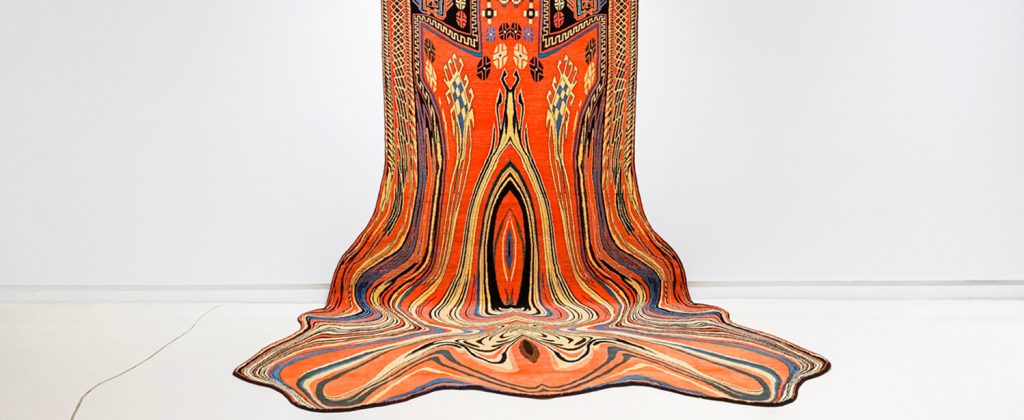
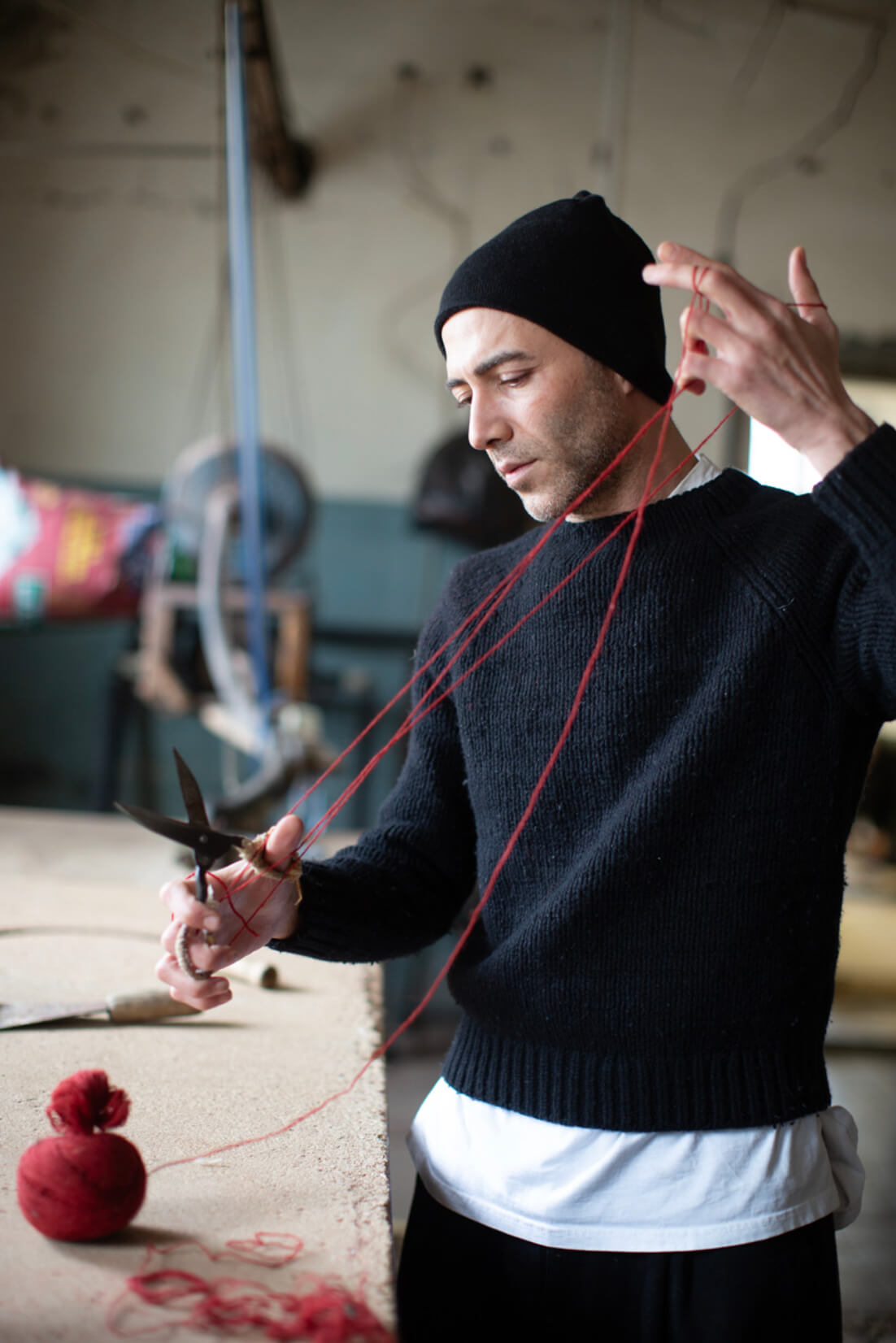
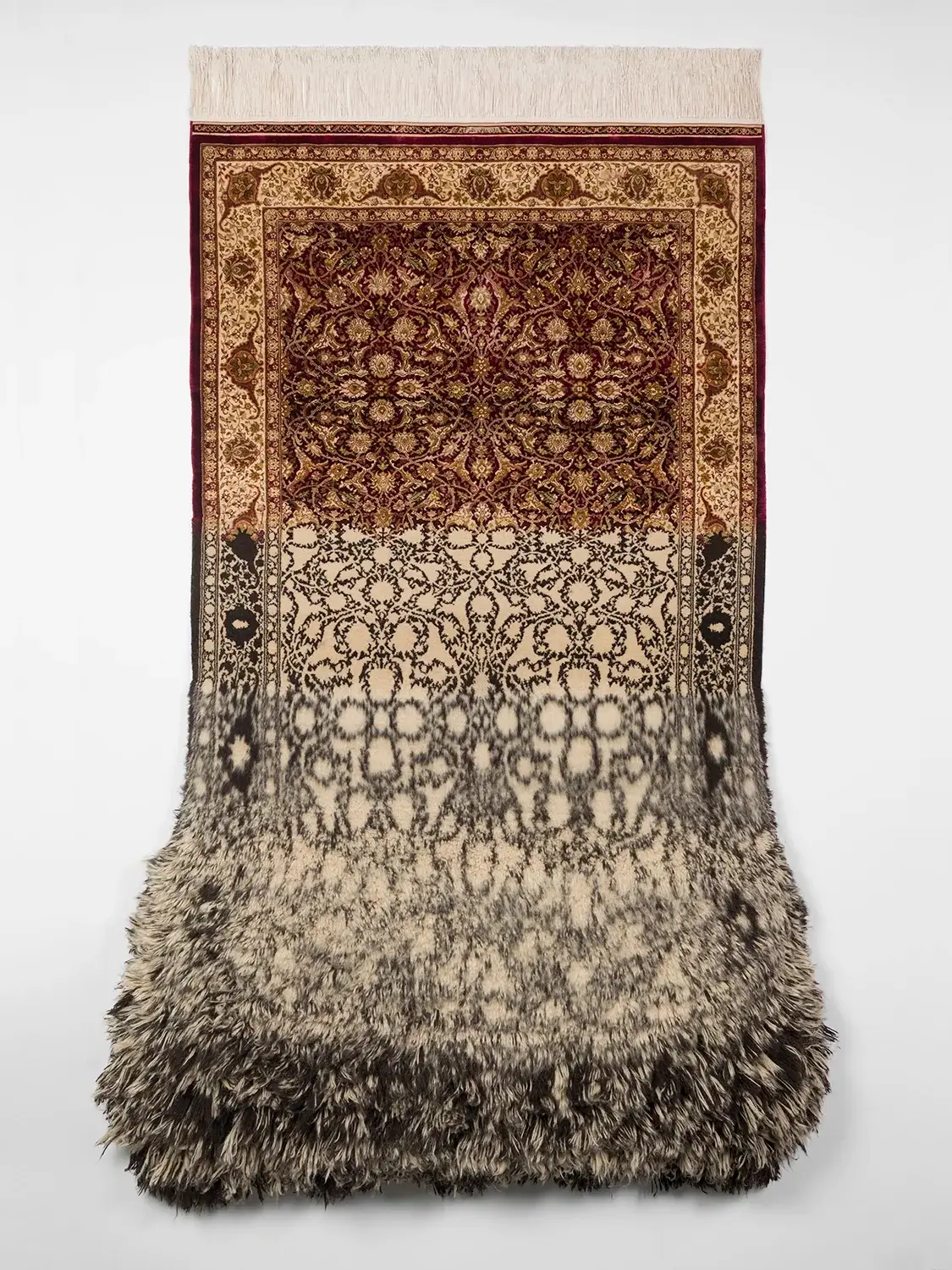
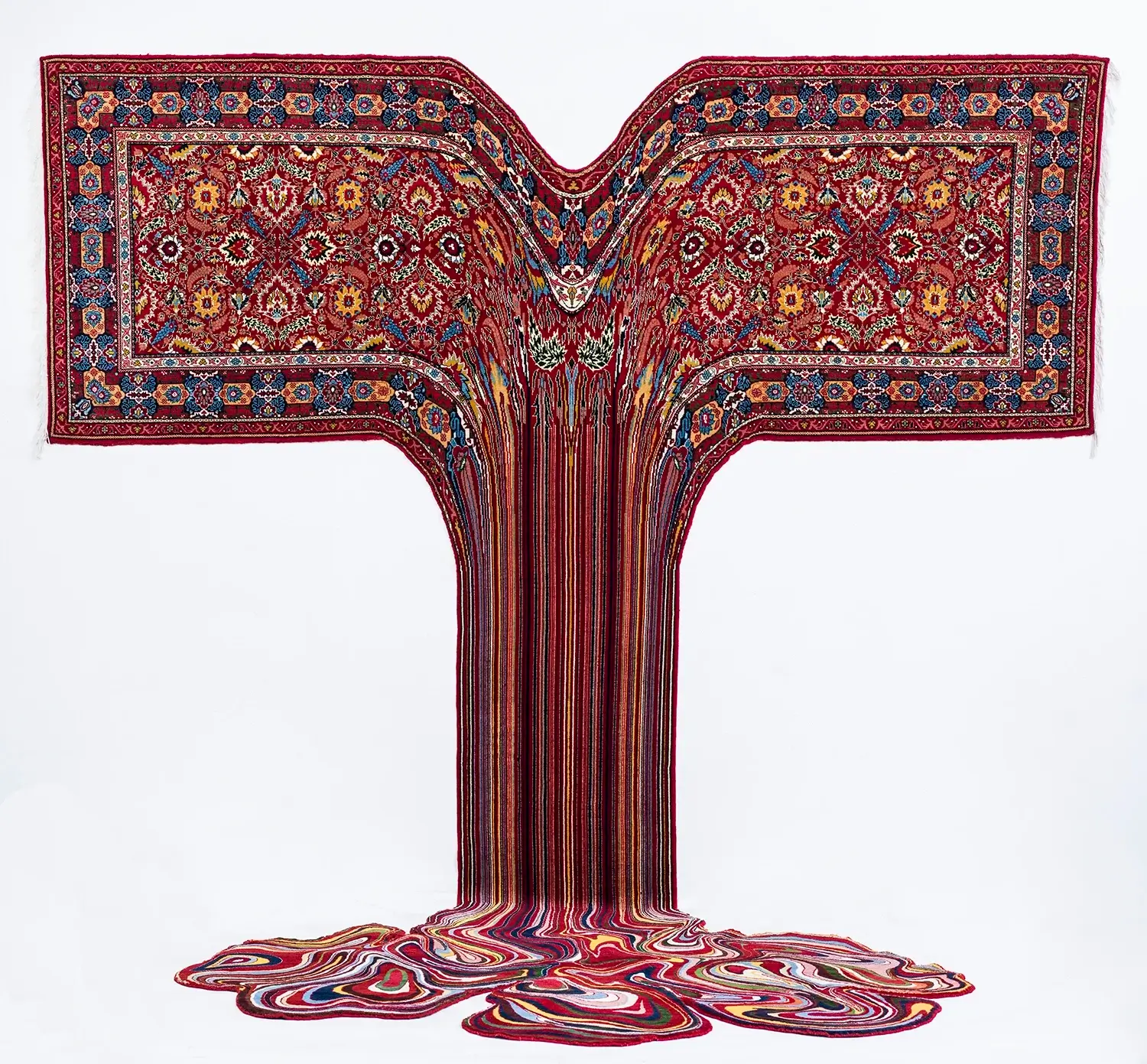
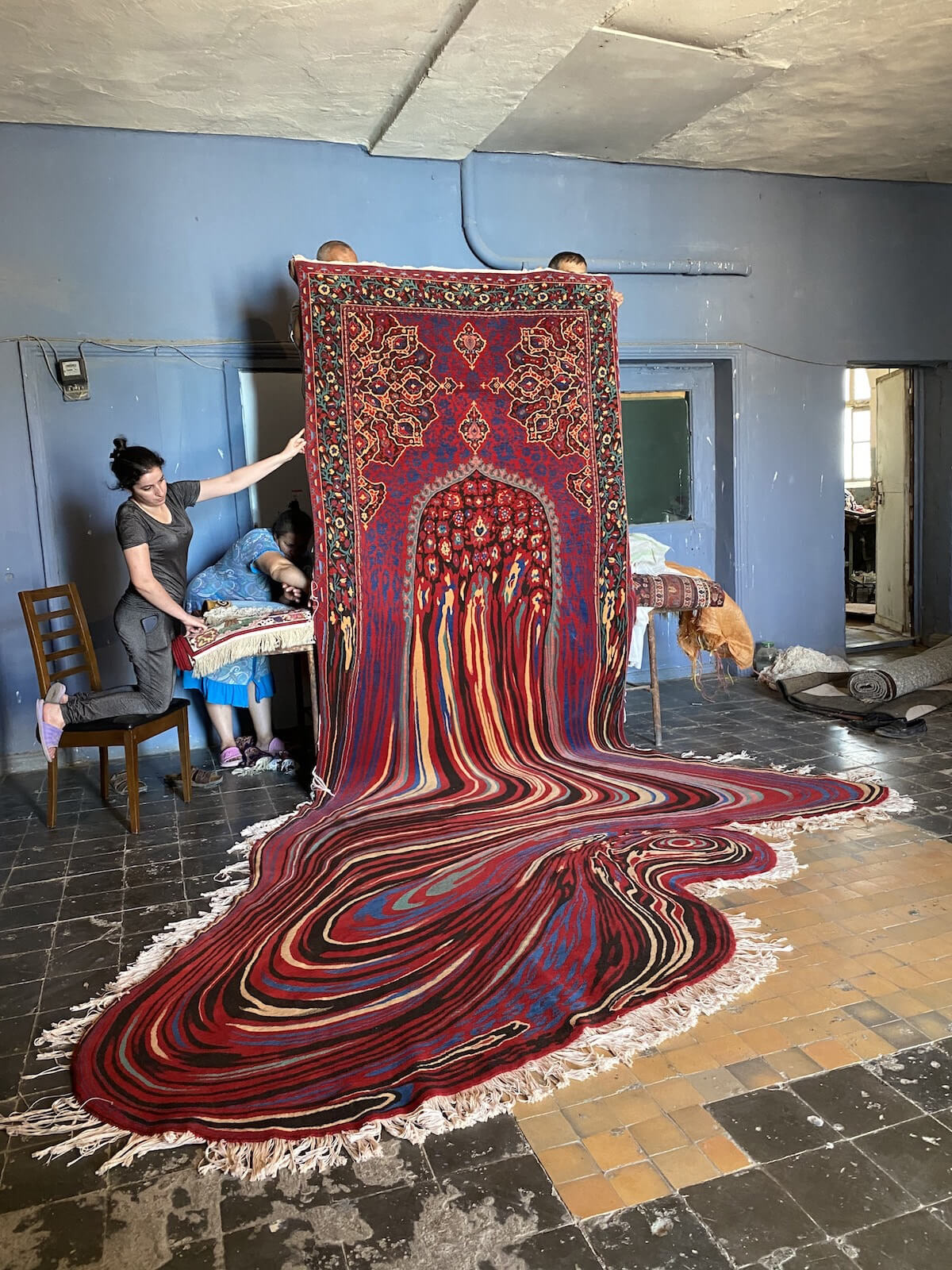




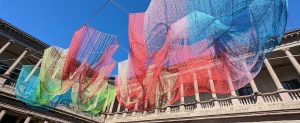
















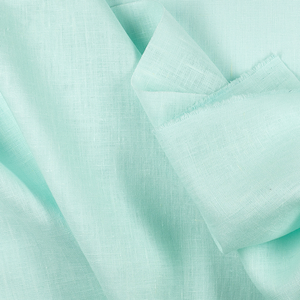
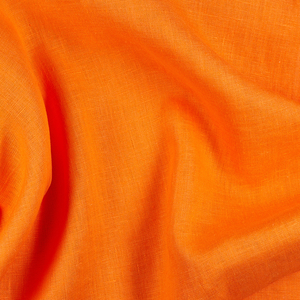

















5 Comments
Robert C. Rebello
The tutorial on threading an overlocker is clear and practical, perfect for beginners and experienced sewists alike. The step-by-step guidance makes a potentially tricky task easy to follow, ensuring smooth operation of the machine. Great resource for anyone looking to enhance their sewing experience with an overlocker!
Kate Renwick
Fabulous articles. I learn so much and am introduced to new artist.
Martha Akstin
Dear Ms. Lesso:
I don’t know how you find and highlight such fascinating and inspirational artists (past and present) from all over the world. I look forward to your articles as I so appreciate your writing style. Keep them coming, please!
Martha Akstin
Heather Barclay Davis
Well said, I concur.
Vicki Lang
Love the melting and change of textures of his designs. Really thinking out of the box.